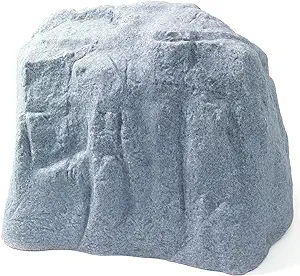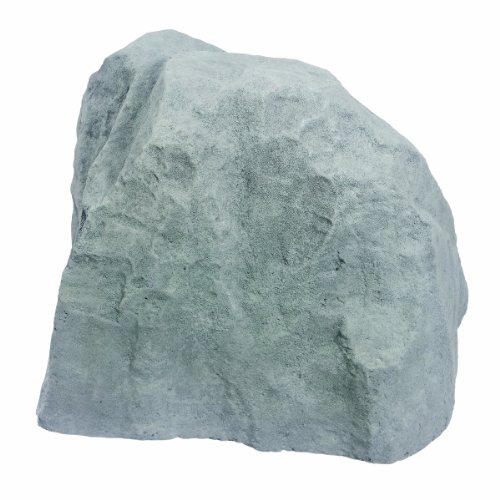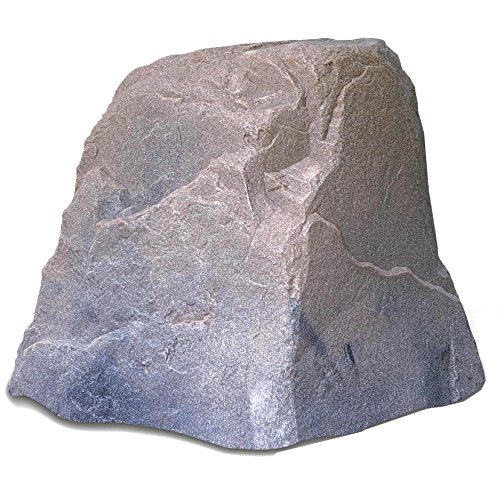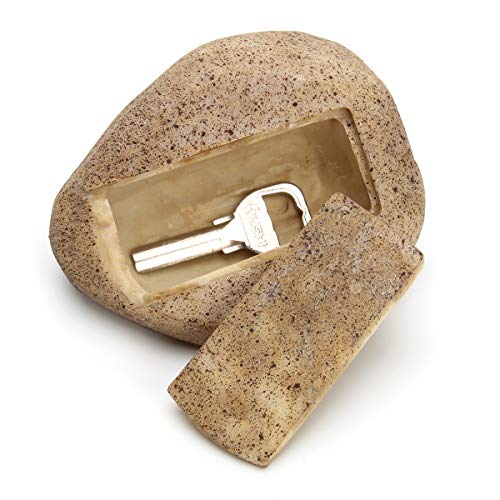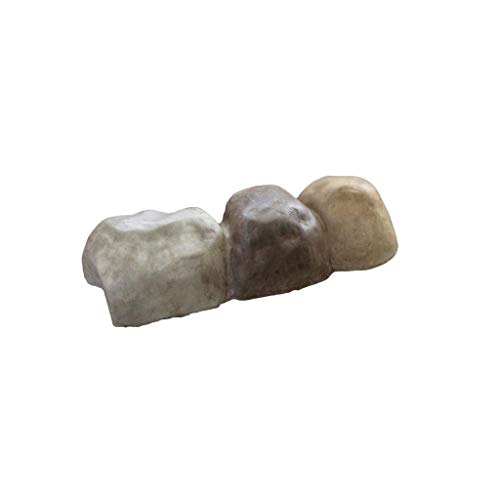- Faux Rocks: A Buying Guide
- People Also Asked
- How can I prolong the life of my fake rocks?
- Are faux rocks worth it?
- Should I tolerate the color of my recently installed imitation stone or get a new one because I don't like it?
- Since the fake boulders are hollow, does the surface damage easily?
- How can artificial rocks maintain their color if natural ones fade after prolonged outdoor use?
- More from Garden Gate
Faux Rocks: A Buying Guide
Whether you are new to landscaping or a seasoned pro, artificial rocks are a less common innovation quickly gaining traction. Buying imitation rocks can be cumbersome, mainly if you’ve never done it before and know little about the subject.
To help you become familiar with all there is to know about faux rocks, we have put together a comprehensive guide. After reading this guide, you will learn everything there is to know about fake rocks.
Why Invest in Imitation Rocks?
Artificial rocks have many advantages over naturally occurring ones, which is one of the critical reasons for their unsurmountable popularity.
Appearance
The fake rocks look a lot like the real ones. Even though the form has been altered to improve the aesthetic appeal, the natural color, texture, and shape have been preserved, making it difficult to distinguish from naturally occurring stones. Only the individual involved in the purchase, sourcing, and placement of the rocks will be able to identify them as fake, owing to the use of creative landscaping.
Visual appeal
Artificial rocks are primarily used for their visual appeal as they can serve as aesthetic elements to conceal the imperfections in your yard and enhance the decorative appeal by adding more depth to the landscape.
Cost-effective
Faux rocks have numerous advantages in aesthetics and use, but they are also inexpensive, require little care, and have high durability because of their element-resistant qualities.
Maneuverability
Natural boulders that are large in size and weight can be troublesome to maneuver around because of their size and weight. Since moving natural rock requires powerful equipment, it typically stays in its placement site for eons. But, fake rocks are hollow and made of lightweight materials, which significantly reduces their weight to a minuscule proportion. In essence, it means that to provide variety to the landscape, you can frequently move the rock around the garden.
Safety
The imitation rocks are smooth and devoid of any sharp angles or edges, in contrast to the natural rocks and boulders, which have sharp spiky ends that are a hazard-prone feature. As a result, they can be used in homes with pets, senior citizens, and young children.
Environmentally friendly
Since they generate a small fraction of the waste generated by acquiring and installing natural boulders, faux rocks are a more environmentally conscious choice. Additionally, they are frequently made from recycled polymers, which increases their sustainability.
How to Choose Faux Rocks?
There is a diverse range of sizes, colors, shapes, and textures of faux rocks to choose from, and it is pertinent to thoroughly consider your requirements before purchasing the most appropriate ones.
Color
Depending on the minerals, naturally occurring rocks are only accessible in a limited range of colors. Conversely, since numerous dyes and pigments can be used to achieve the desired colors, imitation rocks are supplied in a wide array of colors. You can select rocks with specific colors to complement the aesthetic of your space.
Materials
Cast concrete, fiberglass, and high-density polymers stand out among the materials used to make imitation rocks as they have better-handling characteristics and a more realistic appearance.
Size
There are numerous varieties of synthetic rocks that, in terms of size and shape, resemble real ones.
The diverse varieties are also reflected in size. Small fragments of broken rock are referred to as gravel, rounded, smooth pebbles are stones of a similar size, and boulders are big rocks utilized as centerpieces. Every variety of stone has a unique use and application.
Depending on your environment, pick a type that enhances it without being overbearing or unimpressive. To aesthetically complement rather than compete with other decor pieces, the size should be just the appropriate amount of neither too big nor too little.
How Much Do Fake Rocks and Stones Cost?
Purchasing imitation rocks and stones is far less expensive than buying natural pebbles and boulders. In contrast to the bulky natural ones, the imitation rocks are hollow, which further reduces shipping expenses. Like other factory-made elements, the cost of faux rocks varies and is determined by several parameters, including size, quality, materials, and manufacturing brand.
The price range of imitation rocks varies significantly. There are several options from $15 to over $1000, which essentially indicates that there are alternatives to suit the diverse budgetary requirements, and everyone should be able to discover an option that satisfies both their aesthetic needs and the budgetary requirements.
Artificial rocks aren’t something you just go and purchase day in and day out, but once you do, they can be used for decades at least. To protect your investment, picking high-quality products with a realistic warranty duration is critical. There’s no harm in going a bit overboard with these.
People Also Asked
How can I prolong the life of my fake rocks?
Unlike natural rocks, counterfeit ones don't need as much upkeep because they are weather resistant and won't fade or become damaged. Regular use of a microfiber cloth and soft bristle brush to remove dirt and debris is adequate. No abrasive chemicals or detergents are required. To further increase longevity, you may also use a weather-resistant coating.
Are faux rocks worth it?
Faux rocks are a better option and worth every penny because they cost roughly 50–60% less than naturally occurring ones, have better qualities, and are more resistant to harmful environmental stimuli.
Should I tolerate the color of my recently installed imitation stone or get a new one because I don't like it?
Not many people know this, but if you're not content with the color of your imitation rock's surface, you can paint over it to create a new one.
Since the fake boulders are hollow, does the surface damage easily?
Despite being hollow, most materials used to make imitation rocks are reasonably robust, making them damage-resistant. Even after rough use, there won't be any chipping, flaking, or surface indentations.
How can artificial rocks maintain their color if natural ones fade after prolonged outdoor use?
Natural rocks lose color over time owing to surface oxidation and a lack of weather protection. In contrast, imitation rocks have colors molded into the outer walls of their structures rather than being a top coat. By adding a fade-resistant surface treatment, weather resistance is further improved.




